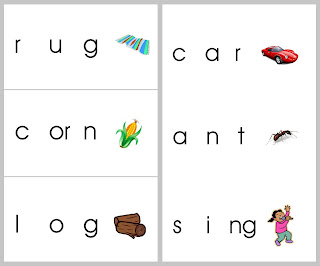 I cannot imagine what it must be like for immigrants
to see the Statue of Liberty on their journey toward U.S. citizenship. To help my
son understand all that Lady Liberty symbolizes, we read a few great books.
I cannot imagine what it must be like for immigrants
to see the Statue of Liberty on their journey toward U.S. citizenship. To help my
son understand all that Lady Liberty symbolizes, we read a few great books.The first story, a fiction book by Eve Bunting, did an amazing job of talking about the symbolism of this great landmark. (It was hard for me to get through the book without choking up.) A family takes an annual ferry ride to Liberty Island at the request of the grandmother to commemorate the Statue of Liberty's birthday with a picnic.
When we were finished, I pulled out Marion Dane Bauer’s
Ready-to-Read Level 1 Wonders of America
book. Unlike the first book, this easy reader talked about the history and
construction of the statue. My son was amazed to read that American
schoolchildren donated dimes and nickels to buy the pedestal on which Lady
Liberty stands!
After reading, we made our own version of the Statue of
Liberty’s torch. I got this idea from Judy Press’ book Around-the-World Art & Activities.
What
you need:
An empty paper towel tube
A small disposable cup
Aluminum foil
School glue and gluestick
Orange construction paper
2 toothpicks (optional)
1 flameless tealight
Cut a hole in the bottom of the disposable cup, the same
diameter of the paper towel tube. Have your child slide it down the tube (1). Then,
poke toothpicks in an X configuration through the top of the paper towel tube (2) about ½-inch down from the top of the tube (this will be what the tealight sits
on). Clip off the ends of the toothpicks that are sticking out. Add school glue
to the ends to secure them.








































